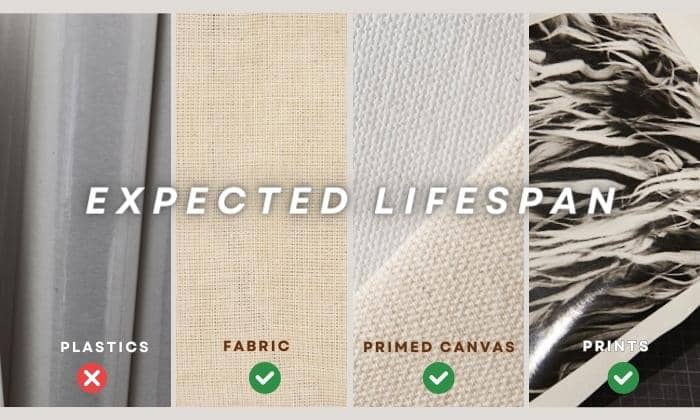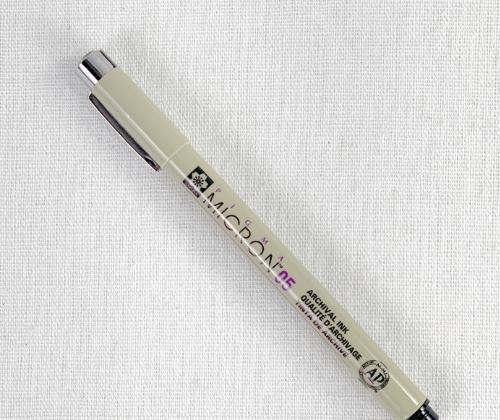Micron pens are renowned for their precision and versatility. These fine-tipped instruments offer unparalleled control and clarity in every stroke.
But are Micron pens permanent? In short, yes! Pigma micron pens are permanent on paper or board but may be less light-fast on other surfaces, such as plastic.
Other than surface type, Micron pens’ permanence also depends on other factors, which we will explore in-depth in this article. Keep reading to find out more!
Table of Contents
Expected Lifespan Of Micron Pens On Different Surfaces
Permanence Across Different Surfaces
1. Fabric
Micron pens can be used on fabric, but achieving permanence requires a specific technique: heat setting. This means you’ll need to iron the fabric, put it into a dryer for half an hour, or use a hairdryer for the ink to set and prevent it from fading over time.
However, heat settings may work differently on some types of fabrics. For instance, satin, which is a glossy and smooth fabric, can lose its luster and shape when exposed to high heat.
On the other hand, cotton can withstand high temperatures without shrinking or fading. This is due to its natural fibers, which can endure heat without significant damage.
2. Prints
Micron pens are generally considered permanent on paper-based prints. The pigmented ink is water-resistant and fade-proof. However, it may take up to a full day for the ink to completely dry.
You also should notice that the drying time can be longer on glossy papers than on regular paper. So, exercising patience is key when working on such substrates.
3. Primed Canvas
Pigma micron pens can create a permanent mark on primed canvas.
Canvas is a porous material, which means it has tiny holes or spaces that allow liquid to pass through. In other words, when you draw on a primed canvas with a micron pen, the pigment particles in the ink are deposited into the pores of the canvas.
This creates a strong bond between the ink and the canvas, making it more permanent and resistant to smudging or fading.
4. Plastics or Glass
The ink in Pigma Microns markers can not stay permanent on plastic or glass surfaces. These surfaces are typically smooth and non-porous, making it challenging for the ink to bond effectively.
This is because the ink in Pigma Microns pens is pigment-based, composed of tiny particles of color that are suspended in a liquid. These particles must adhere to the surface they are applied to; otherwise, they can be easily rubbed off or washed away.
Factors Affecting Ink Permanence
The permanence of any ink depends on several factors, such as:
- The type of ink
Pigmented inks will be more permanent than dye-based inks; however, the former may also have some drawbacks, such as clogging or drying out faster than dye-based inks.
- The type of surface
Porous surfaces tend to absorb more ink and make them more permanent than non-porous surfaces. Unfortunately, porous surfaces can cause bleeding or feathering more than non-porous surfaces.
- The environmental conditions
Exposure to light, heat, moisture, air, or chemicals can influence the permanence of any ink. These factors can cause the ink to fade, smear, run, crack, or deteriorate over time.
Micron Pens Limitations
Micron pens are great for many purposes and projects, but they are disposable. In other words, these archival ink pens are not refillable or replaceable, so once they run out of ink or get damaged, you have to buy a new one.
Conclusion
So, are micron pens permanent? Micron pens are permanent on most surfaces, with the exception of plastic and glass. Micron pens are also fade-resistant and archival, ideal for signing prints, artworks, scrapbooks, or journals.
To make the ink of your micron pen more permanent on different surfaces, you should store your pen properly to guarantee its quality and use high-quality paper.

I am a former art teacher, so it is evident to me the importance of art in educating the new generation. We also want to help parents who plan to teach their children and desire the best tools and tips for them.




